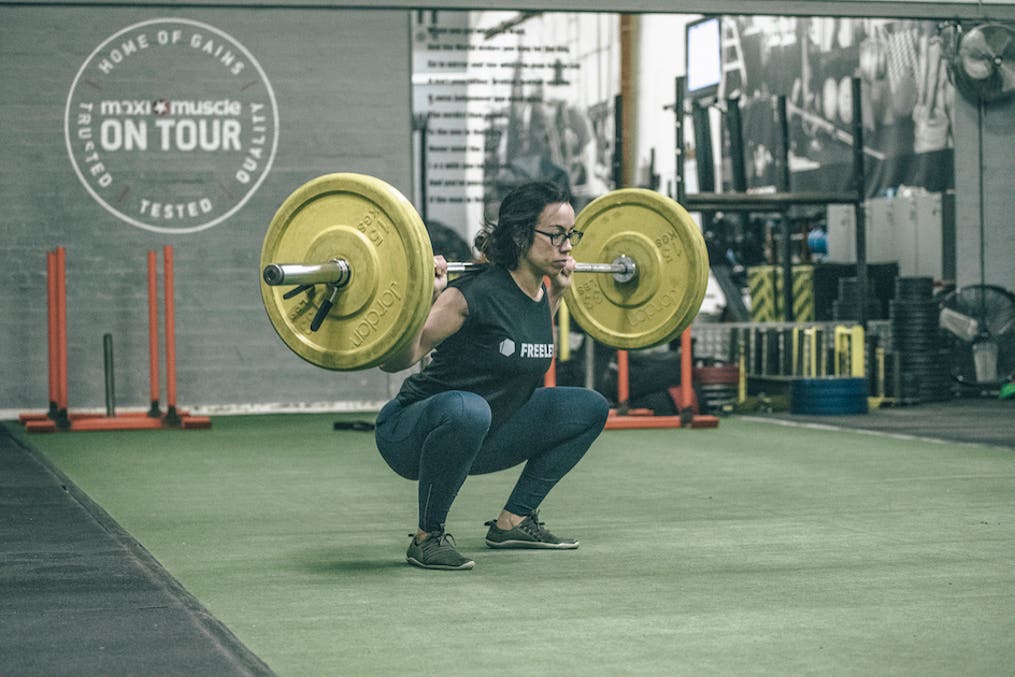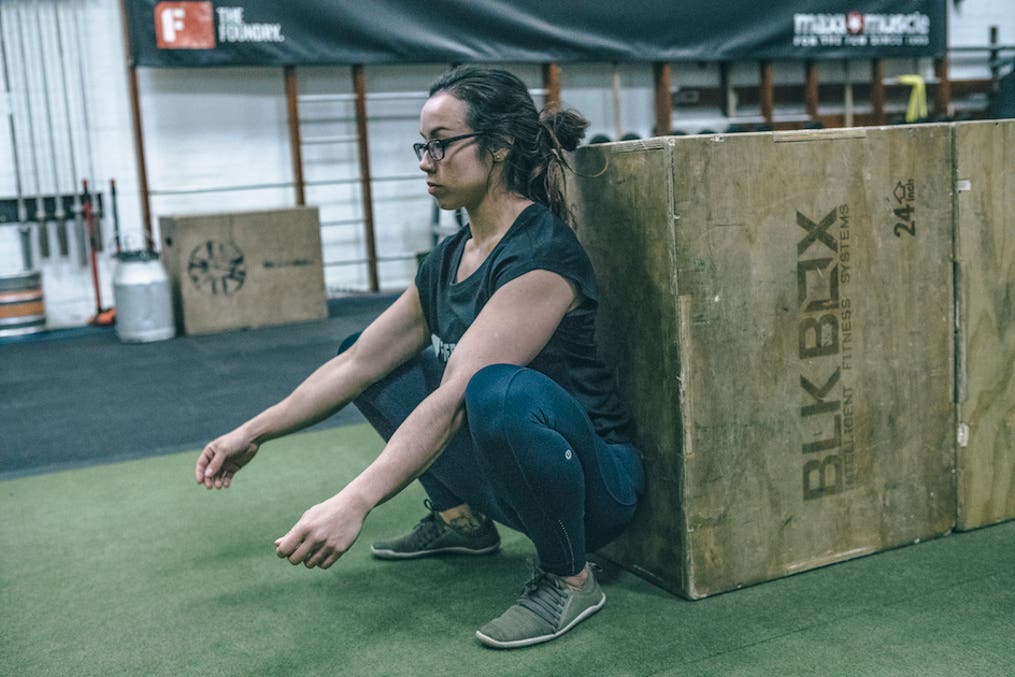Squatting isn’t just about putting the heaviest weights you can onto a barbell and knocking out a few sets. Squat mobility is fundamental to achieving the perfect squat, and we asked Shirley, a trainer at the Foundry Gym in London, to tell us why.
Working at the Foundry Gym in London, I see a lot of people with squat techniques that leave a lot to be desired. Squats are a great exercise - they work the legs, core and back - but they’re only effective if done properly with the correct technique, and using the correct techniques means having the mobility to do so. Inadequate mobility doesn’t just affect our performance, it can be dangerous too. Especially when using heavier weights, when we squat with incorrect technique, our body compensates in other areas to get into the position we want to be in. More often than not, this can lead to back or hip injuries. Squat mobility is pretty damn important. Here are my top tips for working on your squats, even when you’re not in the gym.
#1 Spend some time sitting in the bottom of your squat to increase the range of motion in your ankles, knees, hips and thoracic. As your body gets used to being in this position, you’ll find it easier to get lower when you start adding weights.

#2 If time is a problem, incorporate squat mobility into your daily routine. Try sitting in the bottom of your squat as you clean your teeth, squatting in a full range of movement as you wash the dishes or stretching your ankles when you’re sat at work. There’s no excuses for not working on your squat technique!
#3 If you can’t sit at the bottom of your squat yet, try getting as low as you can against a wall using it to support your back. Over time, try to shuffle away from the wall, keeping your heels planted firmly on the ground.

These exercises might sound simple, but they can mean the difference between an ok squat and a perfect squat. Increased mobility means a greater range of movement, which will make you a better and more effective athlete.